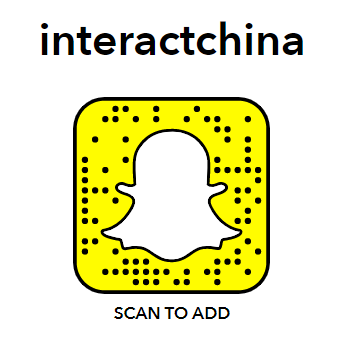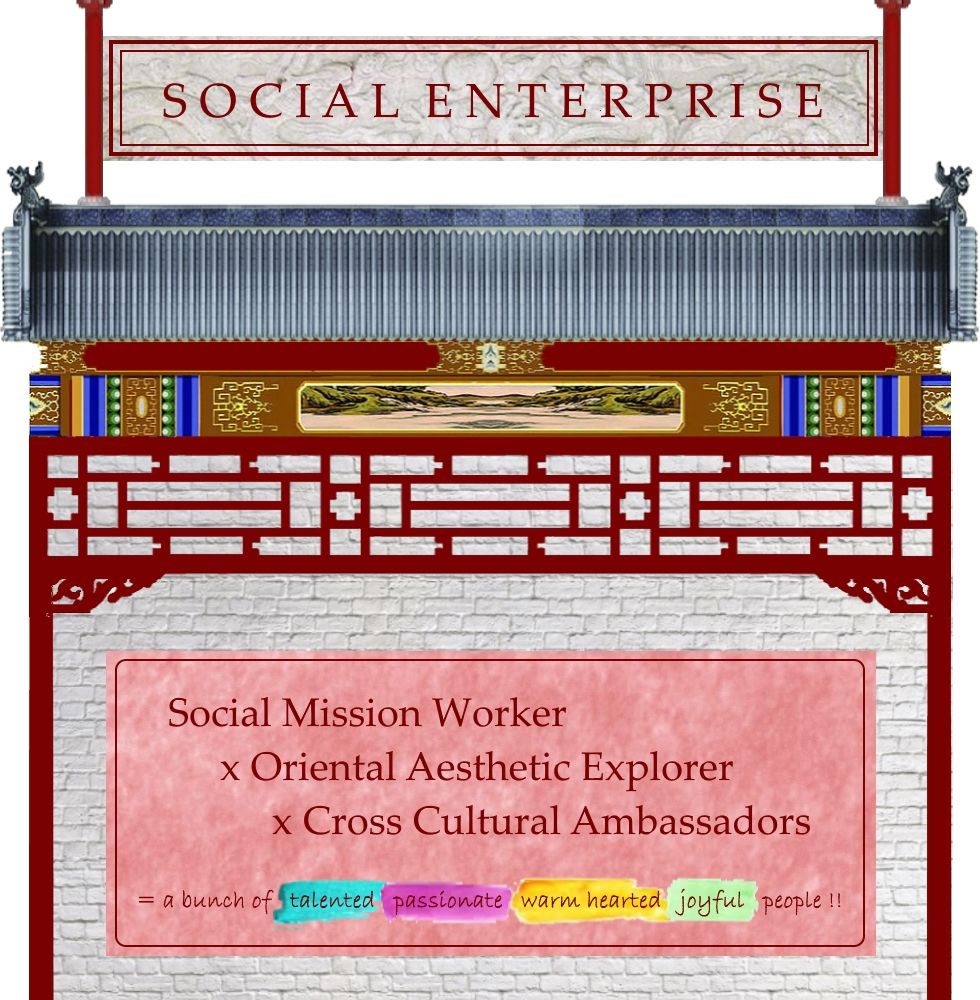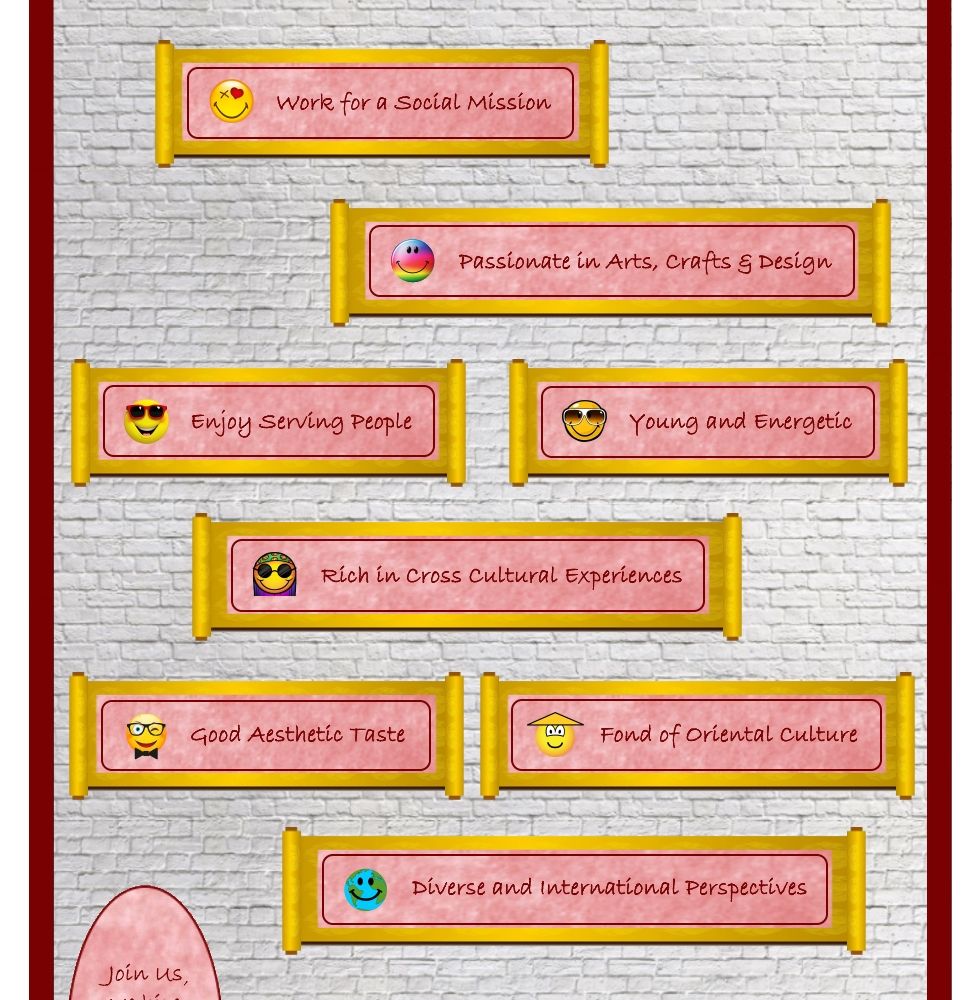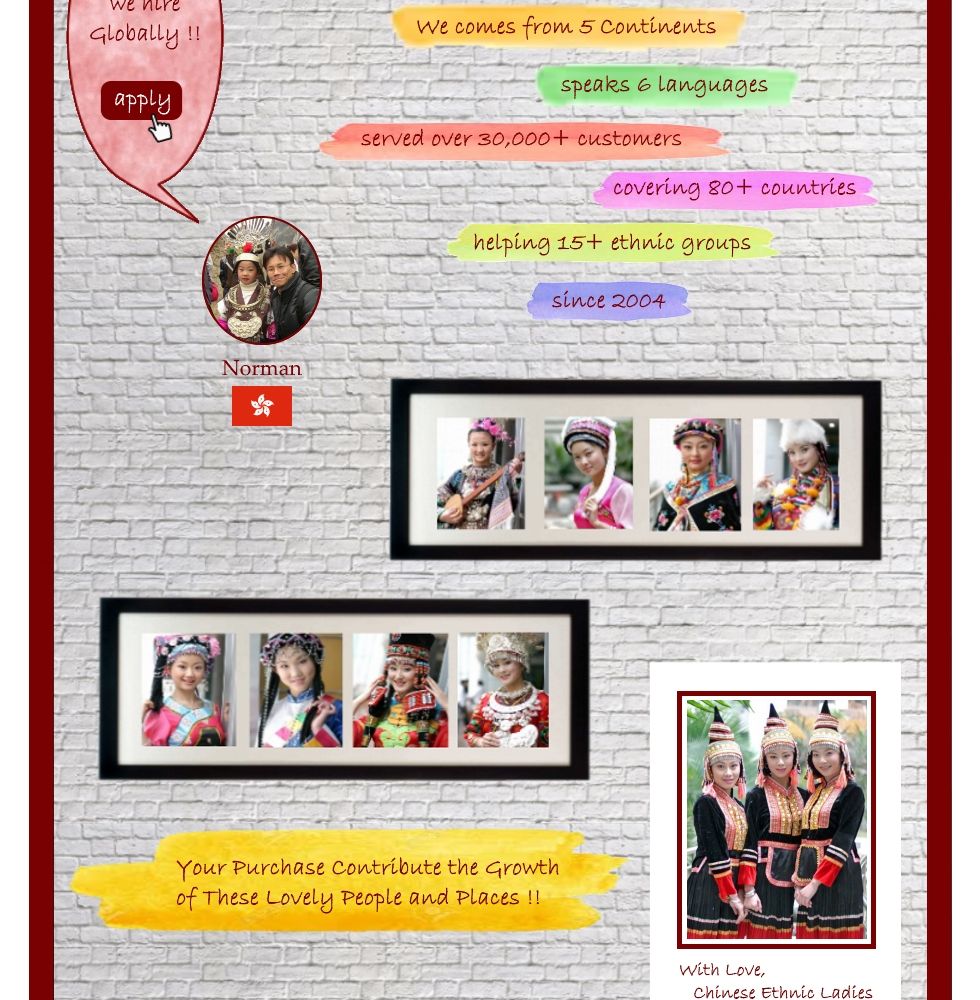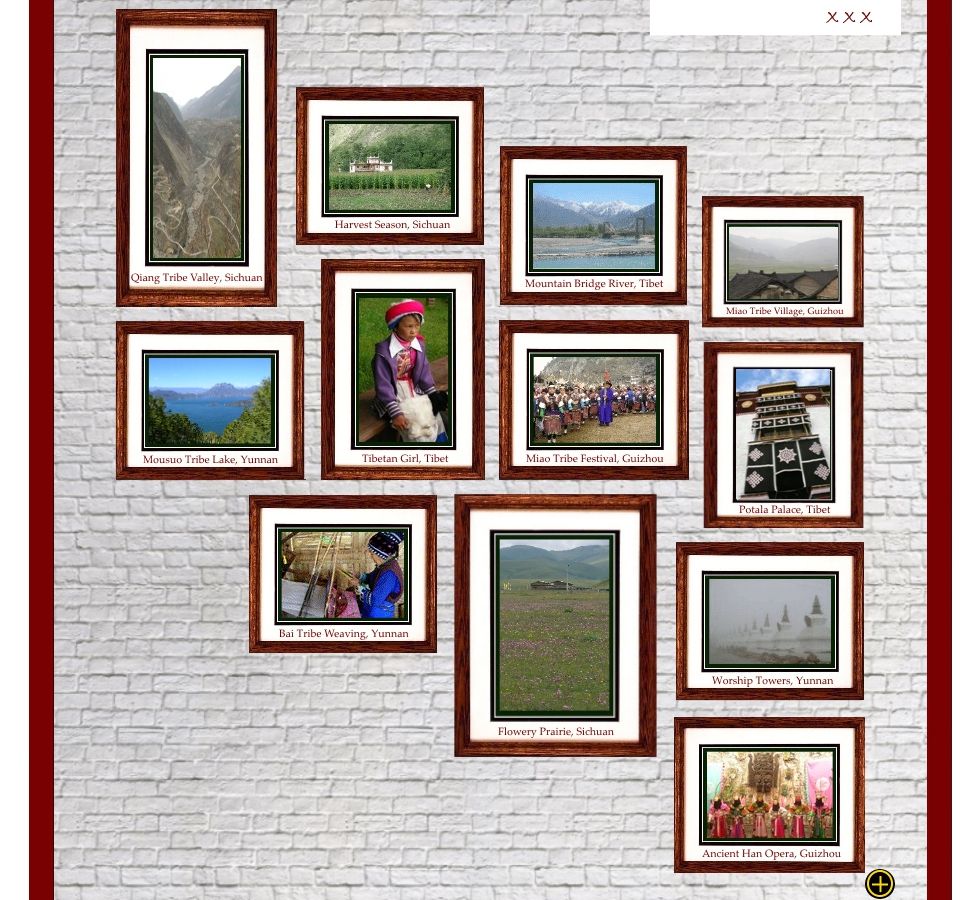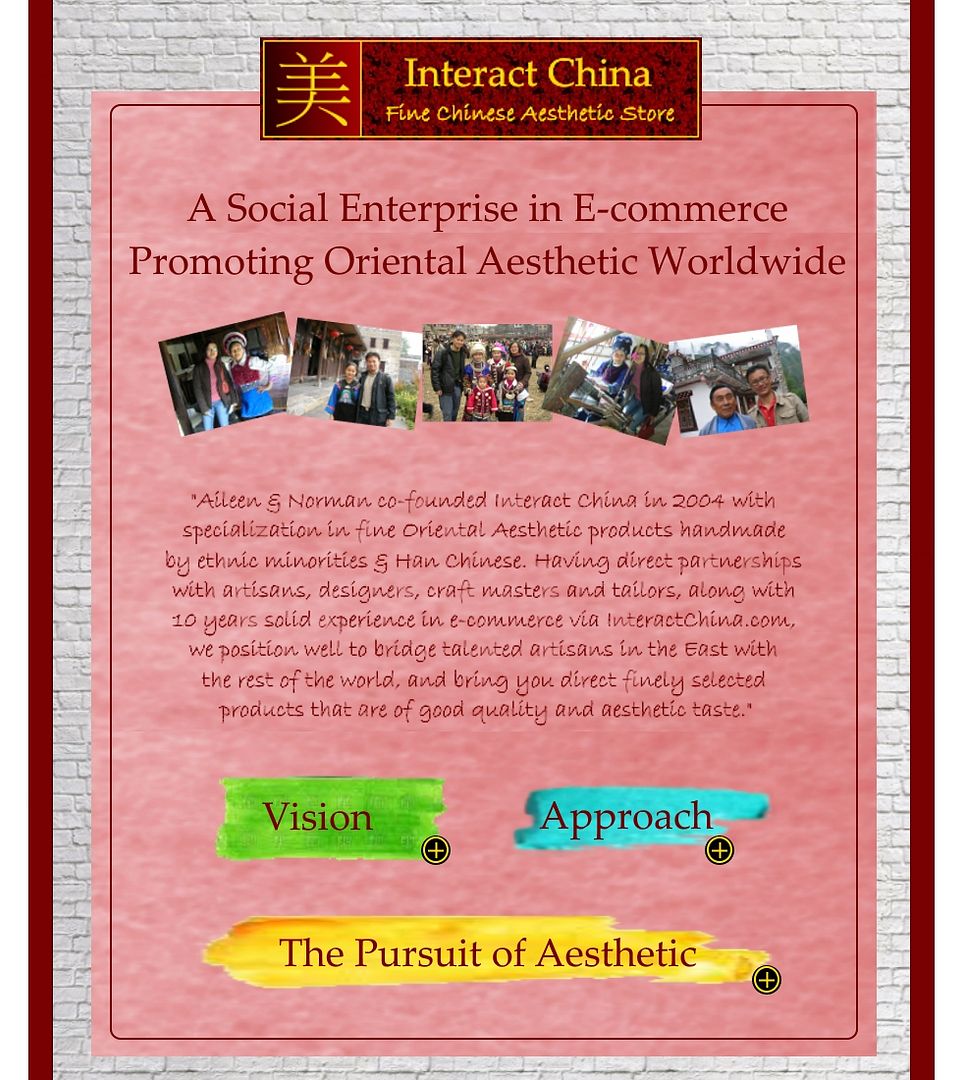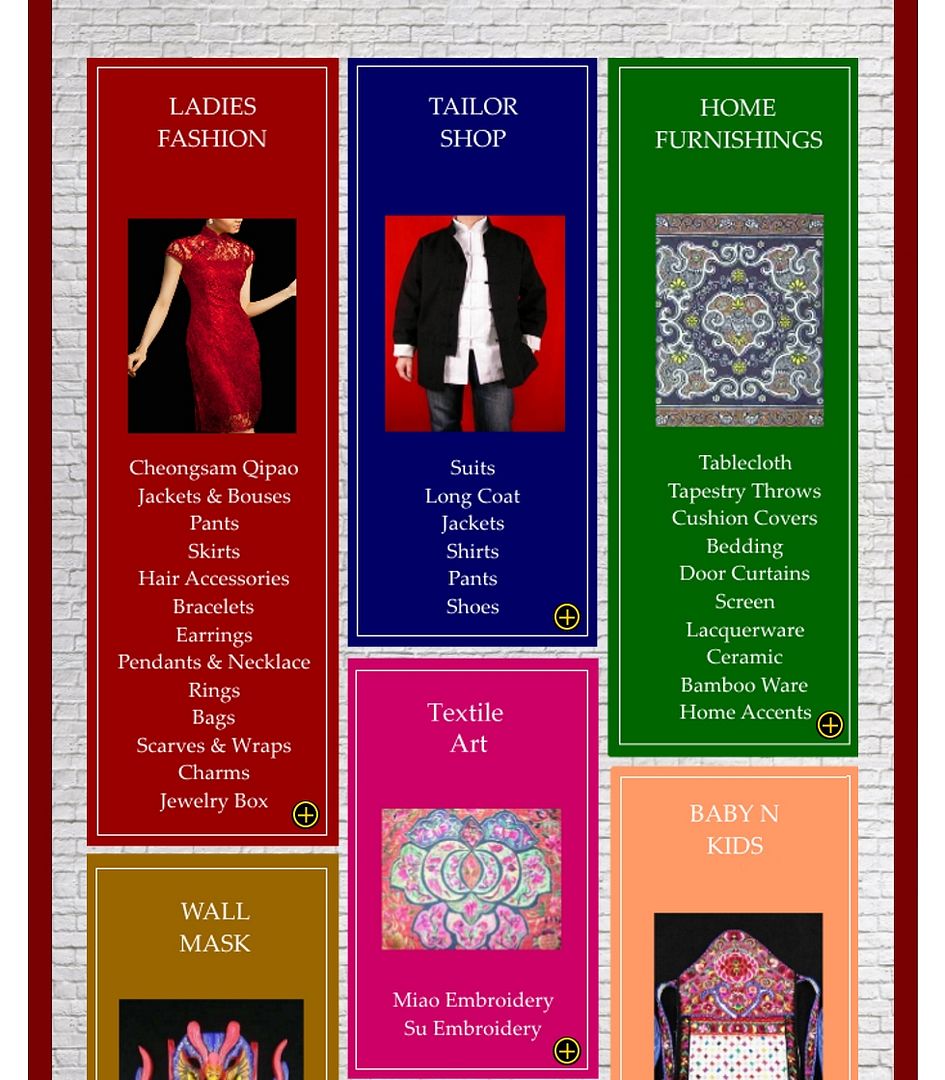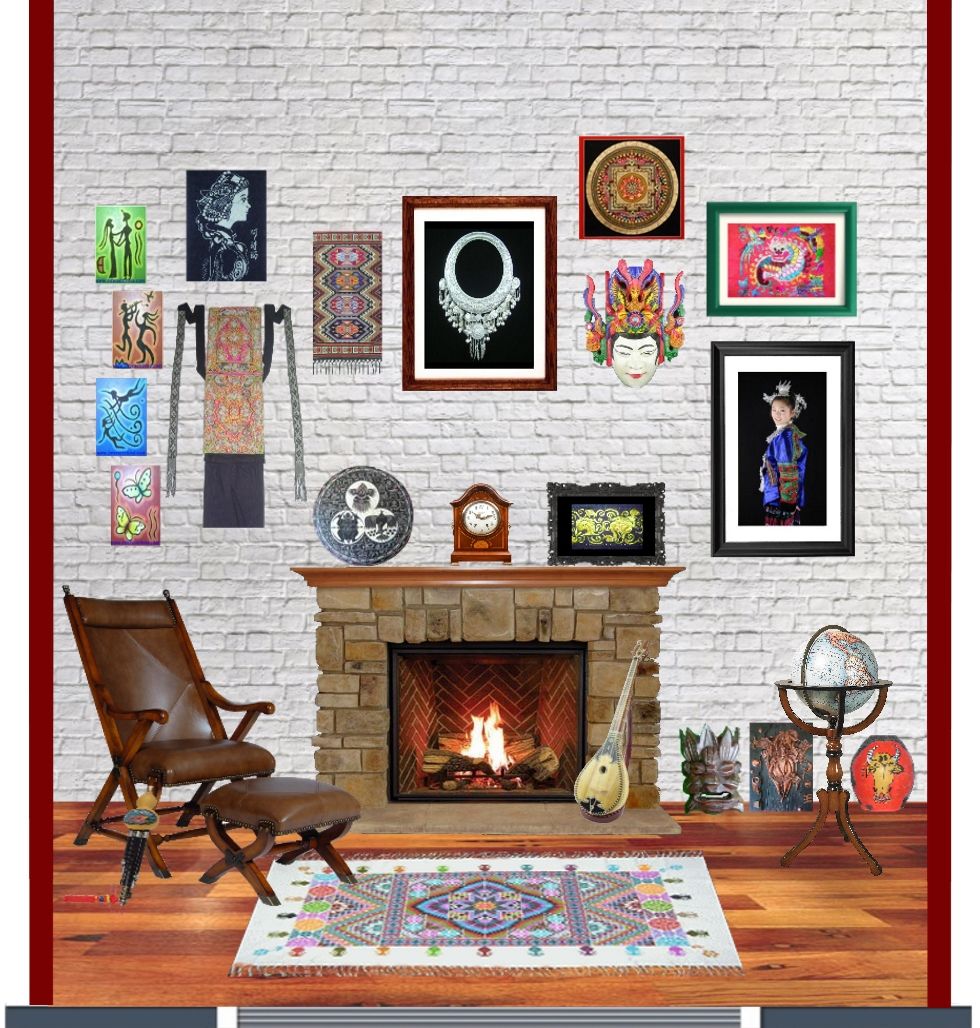Tie-Dyeing of Bai Ethnic
8th Jun 2017
Tie dyeing is the traditional handicraft of the Bai. The tie-dyes are not merely daily attire of the Bai people , they are art pieces, considered as precious relics in Chinese art.
History

Tie-dyeing has a very long history, dating back to over 1,000 years ago. Tie-dyeing skill, known as “skein tie” in the ancient time, is a kind of old textile dyeing workmanship in China. Tie-dye craft of Bai nationality in Dali is introduced from the central plains of China and now is mainly spread around Dali city, Dacang and Miaojie street of Weishang county. And the industry of tie-dyeing in Zhoucheng Village in Dali City of Dali Bai Autonomous Prefecture is most famous so it is awarded the title of “The Hometown of National Tie-Dyeing”.
Patterns


There is a vast repertoire of tie-dye patterns, including flowers, plants, birds, mammals, fish, insects, folk characters and symbols, most of which are wishes for auspiciousness and good luck. The 1,000 or more tie-dye designs also reflect Bai history, culture, customs and aesthetic preferences. Having both decorative and practical applications, tie-dyed fabric is fashioned into both clothing and items of interior décor.
Dying Material
 Bai tie-dyeing alone uses Radix isatidis, a Chinese medicinal herb used to dissipate heat, remove toxic substances and diminish inflammation and detumescence, as a dyeing agent. It once grew in wild profusion, but high demand of tie-dye articles has depleted the herb, and the Bai people now cultivate Radix isatidis in mountainous areas.
Bai tie-dyeing alone uses Radix isatidis, a Chinese medicinal herb used to dissipate heat, remove toxic substances and diminish inflammation and detumescence, as a dyeing agent. It once grew in wild profusion, but high demand of tie-dye articles has depleted the herb, and the Bai people now cultivate Radix isatidis in mountainous areas.
Tie-dyed fabrics are in more muted shades than those that have been through a chemical process. They are also less apt to fade and more hardwearing. The medicinal qualities of the Radix isatidis dye make Bai tie-dyed garments and bedding comfortable to wear and soothing to the skin, especially in hot weather.
Tie-dyeing Technique
Tie


Tie, was originally named knotting, means that after the selection of cloth material, according to the requirement of the motif and pattern, the craftsmen take methods such as pinching & crimpling, folding, turning & rolling, squeezing & pulling to make the clothe become certain shapes and then stitch and bind, and tighten them, so strings of “knots” appear on the material.
Dip-Dyeing


Dip-dyeing means that the makers dip and wash the well-made “knots” with clean water and then put them in the dye vat. It can be soaked and dyed in cold, and it can also be dyed with hot water; after a certain period of time, it is taken out and air dried, and then the cloth is put in the dye vat again, and the actions aforesaid should be repeated for several times. After each time, the cloth will become more “blue”. The parts which have been stitched become nice-looking patterns naturally, as the dyes fail to reach them; the stitches are not the same, the dyeing degrees are not the same, so many arbitrations are presented on the cloth, thus the artist flavor come out.
Maintenance and cleaning of tie-dyed cloth
Soak with cold saltwater before the first cleaning. Because using pure natural wood indigo as the dyestuff. Do not exposure in the sun or wash with other products which are easy to fade.
Dali Bai tie-dyeing cloth displays an artistic style of strong national flavors. It is the epitome of the thousand-year history of the Bai people, and it reflects Bai people’s national customs and aesthetical interest, so the tie-dyeing skill and other craftsmanship constitute the unique and charming weaving and dyeing culture of the Bai nationality.
by Xiao Xiao @ InteractChina.com
About Interact China
-----------------------------------------------------------------------------------------------------------------------------
"A Social Enterprise in E-commerce Promoting Oriental Aesthetic Worldwide"
Aileen & Norman co-founded Interact China in 2004 with specialization in fine Oriental Aesthetic products handmade by ethnic minorities & Han Chinese. Having direct partnerships with artisans, designers, craft masters and tailors, along with 10 years solid experience in e-commerce via InteractChina.com, we position well to bridge talented artisans in the East with the rest of the world, and bring you direct finely selected products that are of good quality and aesthetic taste.
So far we carry 3000+ goods covering Ladies Fashion, Kungfu Clothing, Home Furnishings, Babies & Kids, Painting Arts, Textile Arts, Carving Arts, Tribal Jewelry Art, Wall Masks and Musical Instruments. Our team speak English, French, German, Spanish and Italian, and serve customers worldwide with passion and hearts.
-----------------------------------------------------------------------------------------------------------------------------
P.S. We Need People with Similar Passion to Join Our Blogging Team!
If you have passion to write about Oriental Aesthetic in Fashion, Home Decor, Art & Crafts, Culture, Music, Books, and Charity, please contact us at bloggers@interactchina.com, we would love to hear from you!






